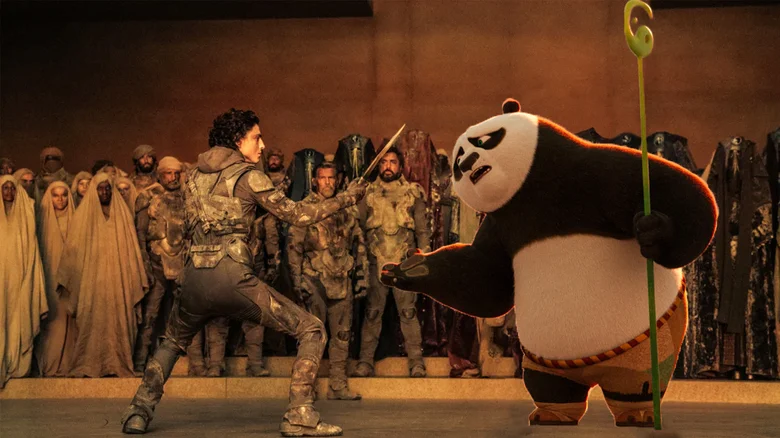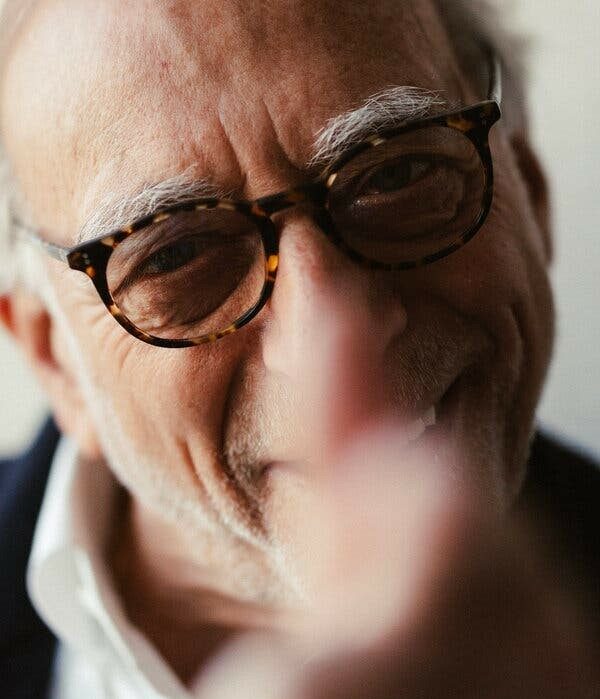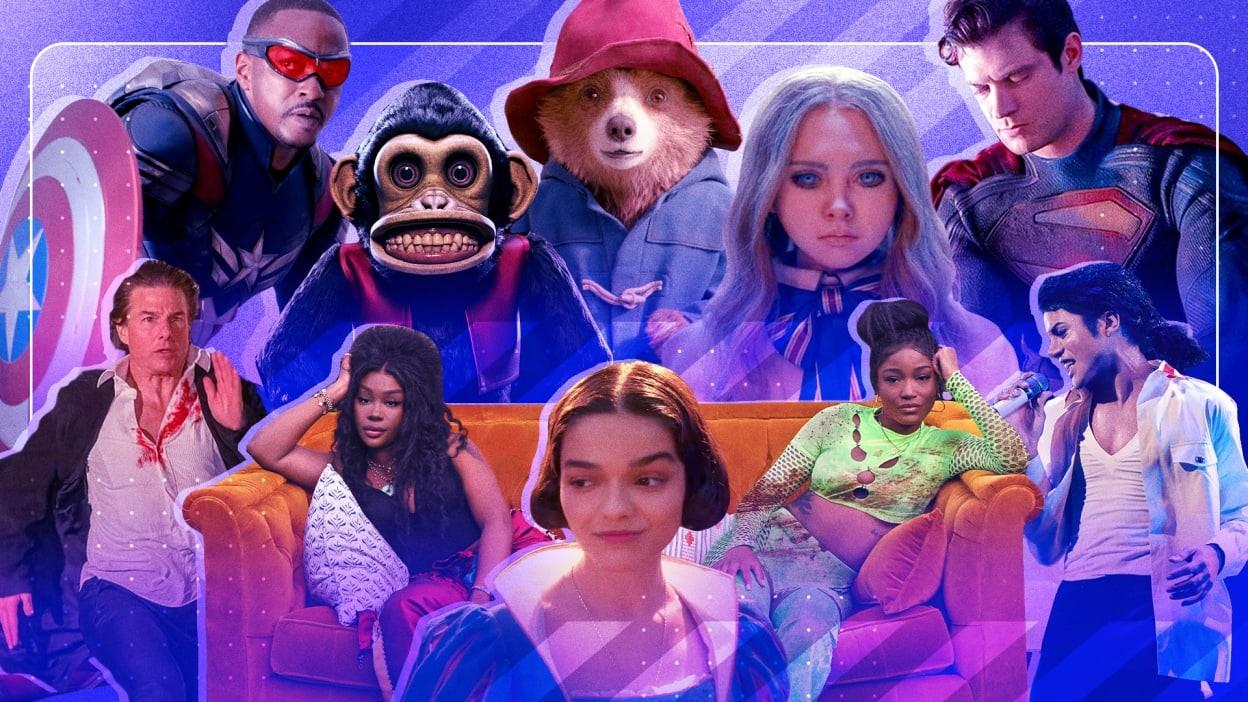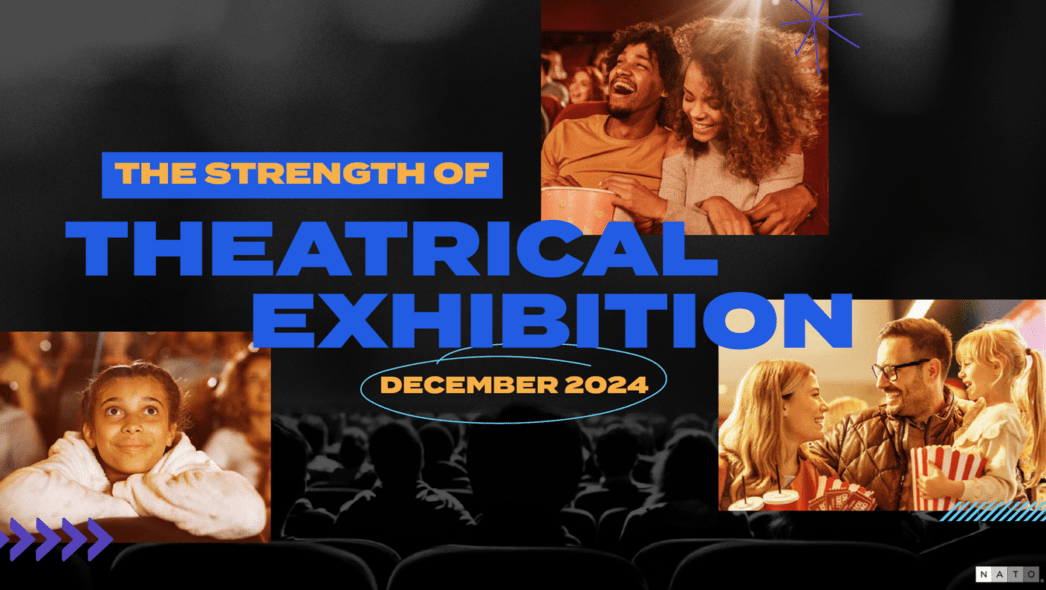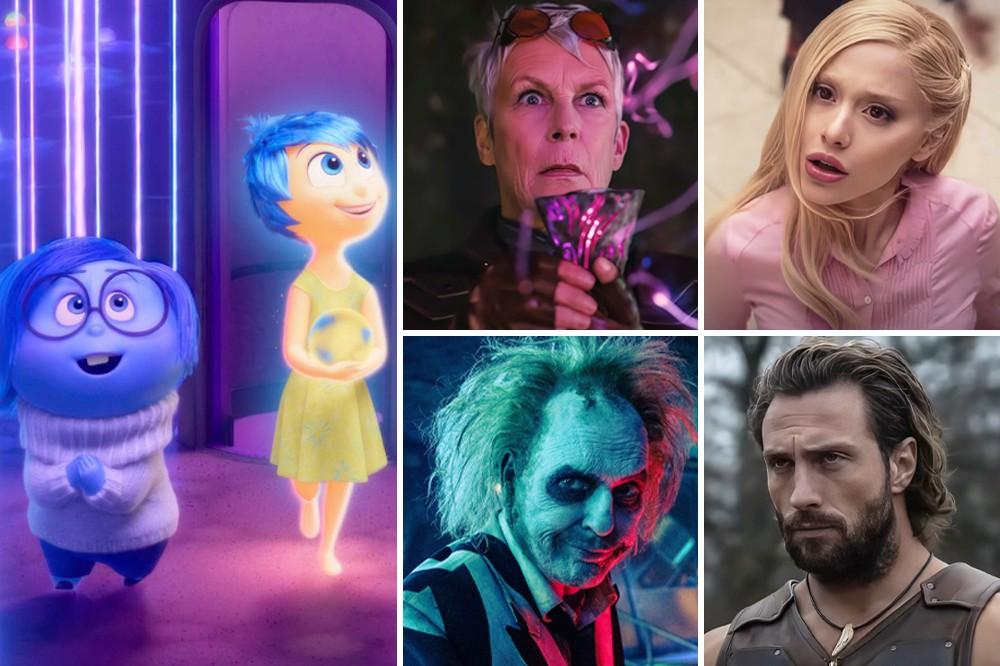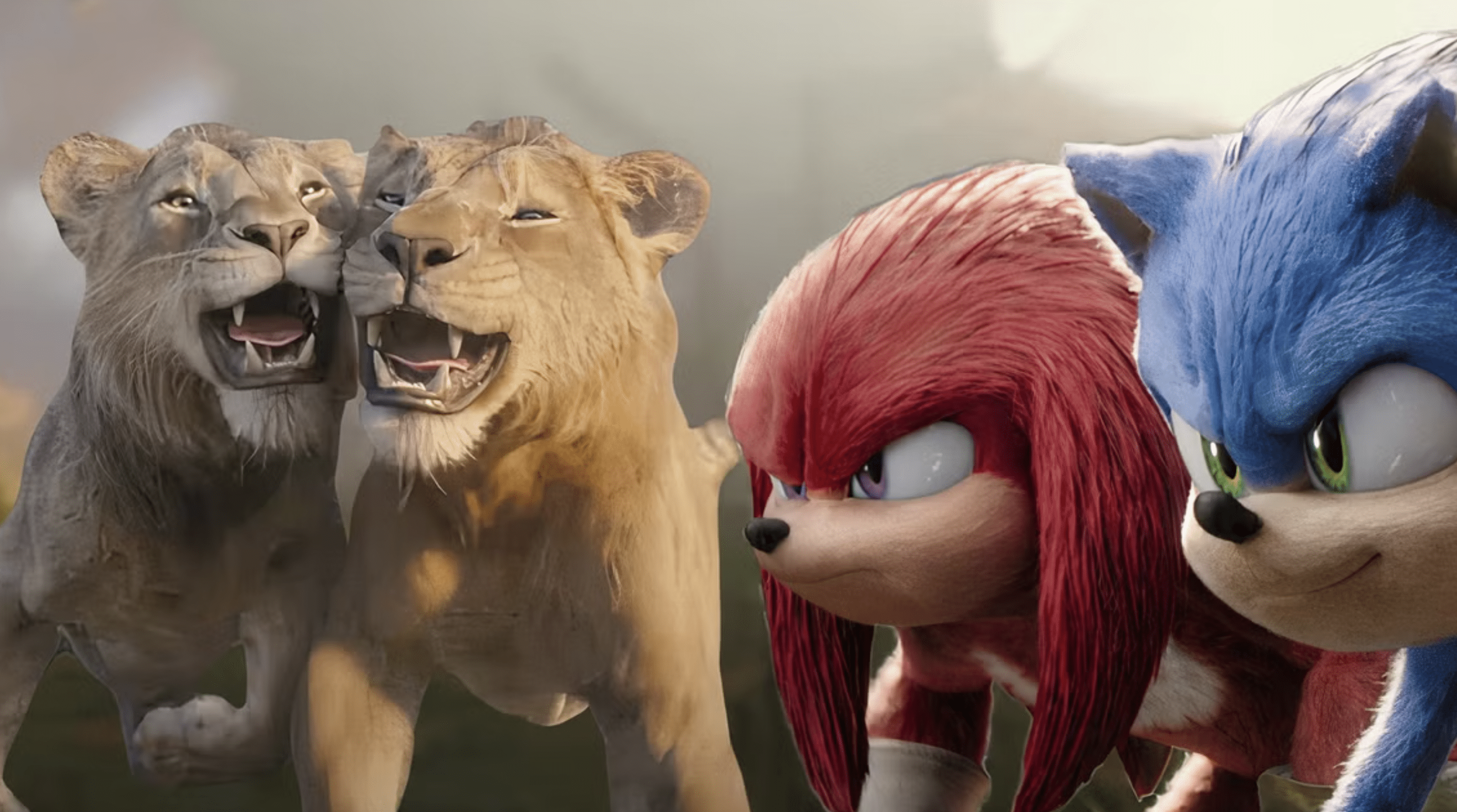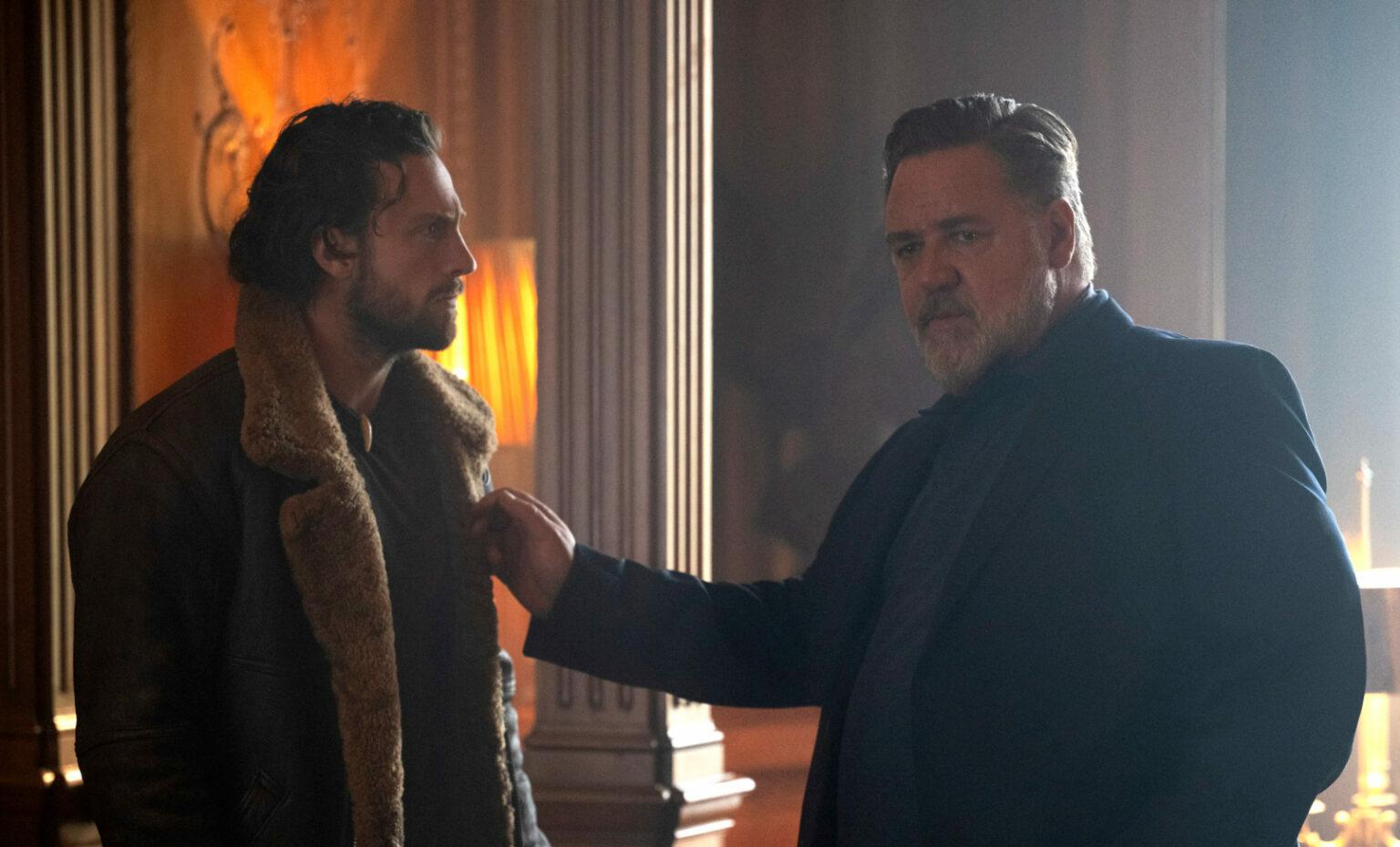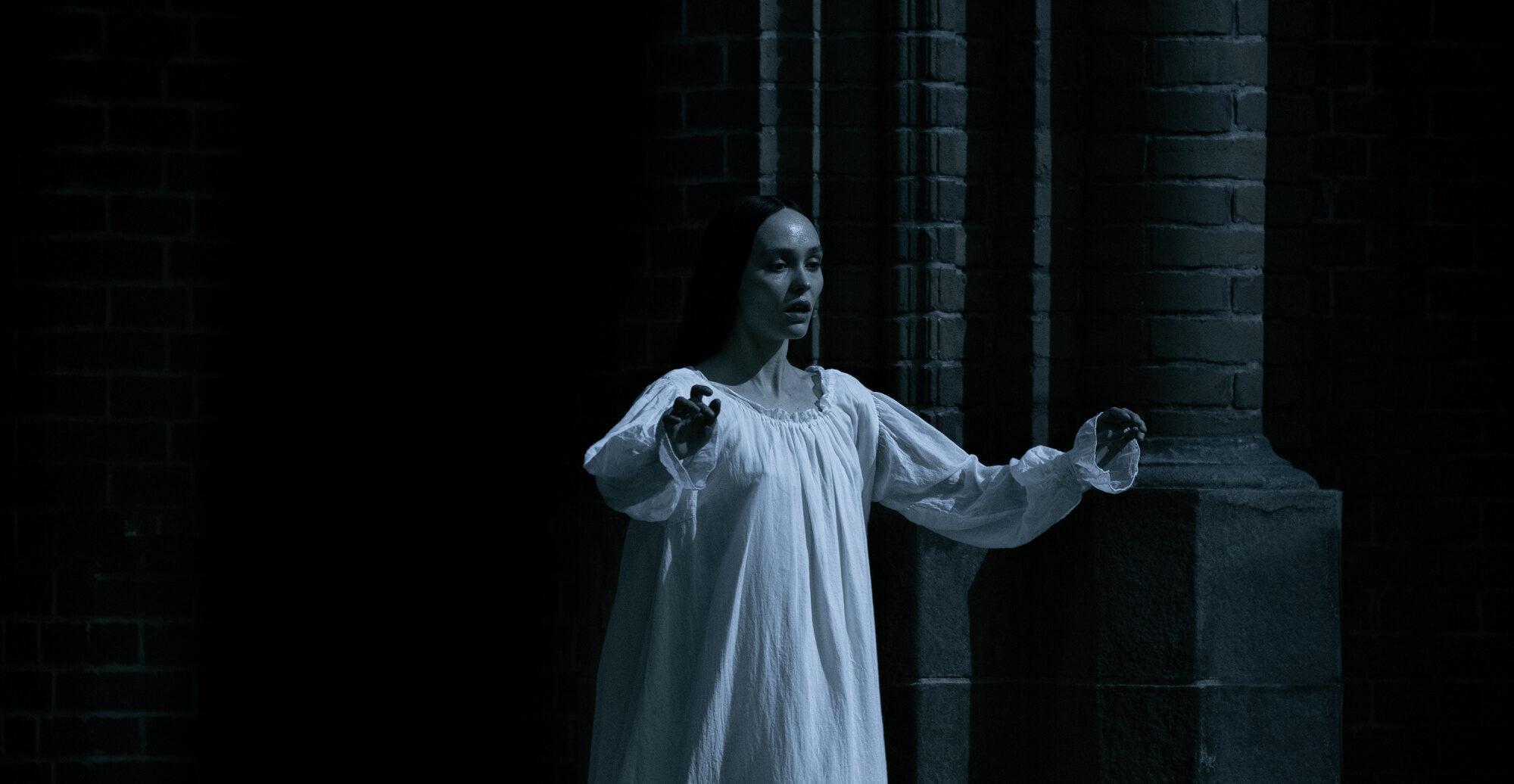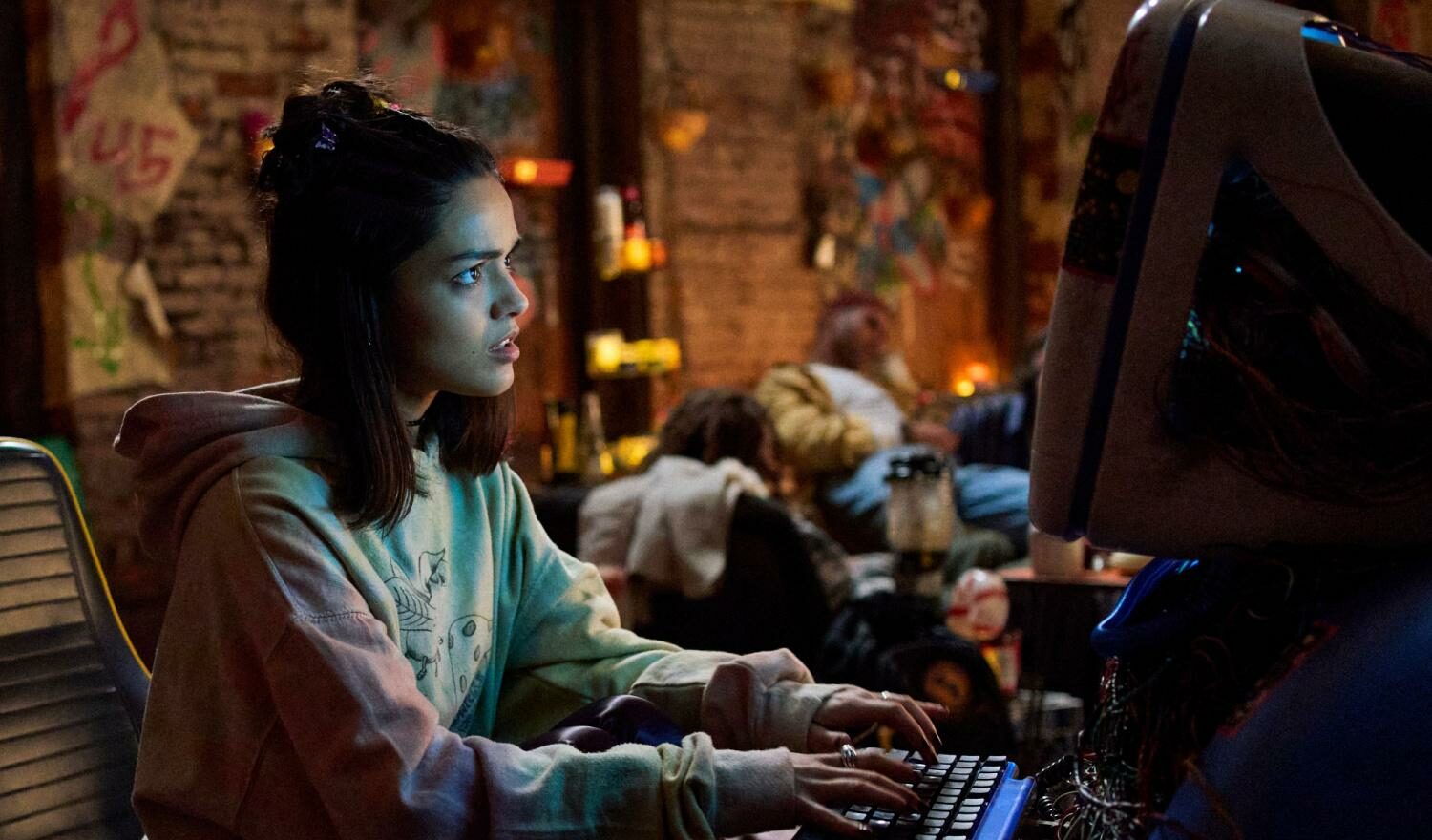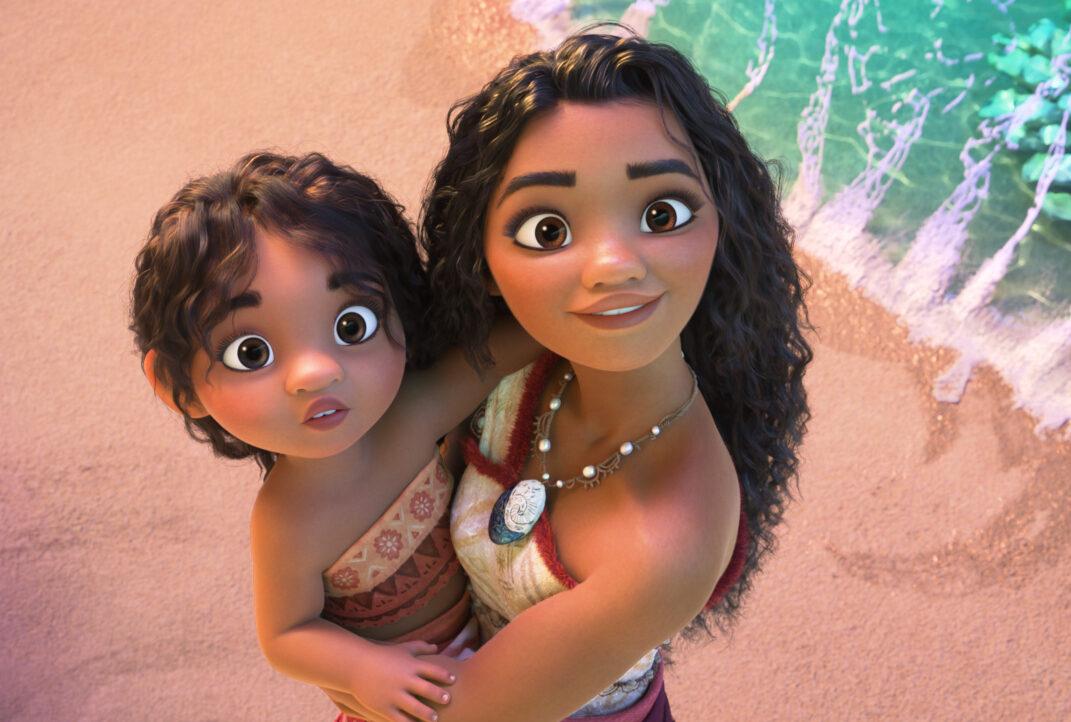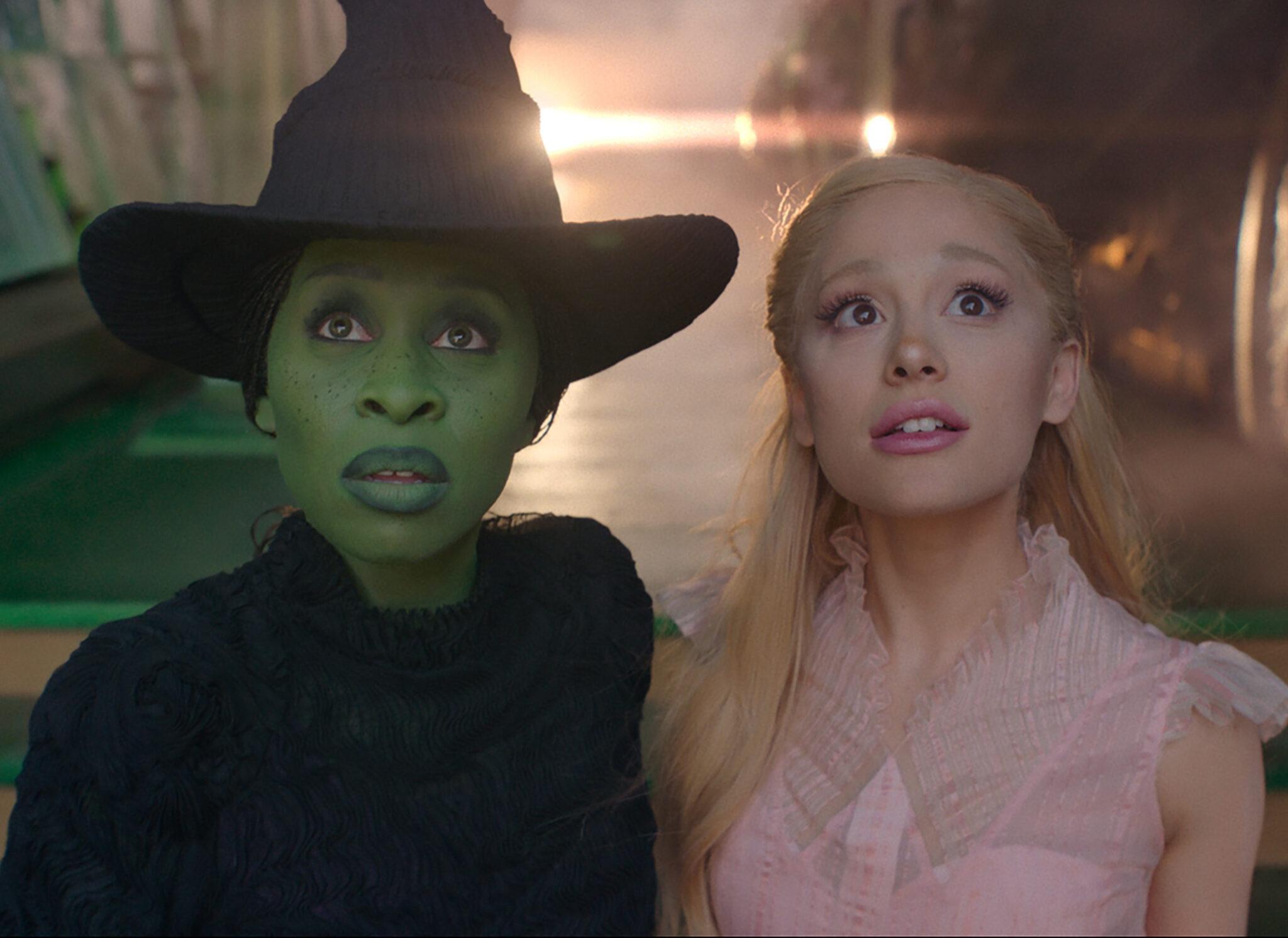VERDICT: A franchise once built on comedy with some creepy ghosts on the side now feels more committed to nostalgic brand-building, sprinkled with forgettable scares and half-hearted attempts at humor.
“Have you ever experienced déjà vu? … Have you ever experienced déjà vu?” That’s part of a series of questions asked by Peter Venkman (Bill Murray) to a possibly possessed subject in Ghostbusters: Frozen Empire, and it’s the sharpest bit of auto-criticism the film offers. (The second-sharpest is when Ernie Hudson’s Winston tells Dan Aykroyd’s Ray, “We’re getting too old for this.”)
Ghostbusters: Afterlife, released in 2021, was a movie at war with itself, torn between two opposing functions: pushing the Ghostbusters franchise into the future with new characters and situations, while simultaneously pummeling audiences with the accumulated stuff of its decades in the pop-culture sun, a clanking assortment of shout-outs and winking references to the original 1984 smash.
That schism carries on in Ghostbusters: Frozen Empire, with a story that wants desperately to stake out new territory but can’t seem to stop itself from dwelling in the past. This time, at least, we’re spared the previous film’s exploitation of the late Harold Ramis, but that’s one of Frozen Empire’s few areas of improvement.
The descendants of Ramis’ Egon Spengler — daughter Callie (Carrie Coon), grandkids Trevor (Finn Wolfhard) and Phoebe (Mckenna Grace) — have left Oklahoma and returned to Manhattan, where they have taken possession of the Ghostbusters’ old headquarters. Phoebe’s science teacher and Callie’s boyfriend Gary (Paul Rudd) has joined them, as have — for reasons that will make sense only to screenwriters Gil Kenan (who also directed) and Jason Reitman — school chums Lucky (Celeste O’Connor) and Podcast (Logan Kim).
The Spengler and Gary have taken to riding around the Big Apple, zapping poltergeists, but when the Ghostbusters’ old nemesis Walter Peck (William Atherton) — now mayor of New York — discovers that Phoebe is only 15 and thus a minor, he forbids her from going out on missions.
As Phoebe befriends Melody (Emily Alyn Lind), the ghost of a 16-year-old girl, slacker Nadeem (Kumail Nanjiani) shows up at Ray’s curiosity shop with some ancient artifacts that seem to be bubbling over with psychokinetic energy. Can the divided Ghostbusters, with the help of the originals (including Annie Potts, suiting up as Janine), repel an unstoppable evil?
The 1984 Ghostbusters was a hit because it was funny and fresh, cleverly mixing New York street banter and Dan Aykroyd’s patented technobabble with otherworldly forces and larger-than-life consequences. Silly sci-fi tropes and world-saving heroics were turned on their heads. Since that time, an onslaught of superhero cinema has turned the possible destruction of the world into a minor threat, eliciting shrugs. Audiences know it’s all going to work out. It always works out.
Frozen Empire, like Afterlife, forgets or doesn’t care about this, choosing instead to live in the past and play with the 1984 movie like a fetish object, giving the gadgets loving close-ups while endlessly rehashing Elmer Bernstein’s charming score. The eventual outcome is the outcome, and largely beside the point.
The new Spenglers have the potential to be as memorable as the original cadre of Ghostbusters, but between the cameos by the 1984 cast (whom the film uses more as goodwill ambassadors than like the talented comic actors they still are) and the callbacks to Slimer and the Stay-Puft Marshmallow Man, they tend to feel like afterthoughts.
Also lost in the shuffle are Nanjiani and Patton Oswalt; both of these comedians no doubt grew up as fans of the series, but neither is given the real estate here to create an indelible addition to the ensemble.
Throughout these two new movies, Phoebe has emerged as the most compelling new character, but the series can’t quite commit to her eccentricity. There are hints that she’s on the autism spectrum and that she’s non-binary, and there’s certainly a romantic frisson to her friendship with the spectral Melody, but whenever the film tiptoes into any specificity for the character, it shrinks away, leaving her too blank a slate.
This hesitancy — on top of the script’s periodic insistence that smart people behave like idiots, or there’d be no plot — could be forgiven if this were as much of a straight-up comedy as the 1984, 1989, or 2016 Ghostbusters movies. One could only make the case that Kenan and Reitman are pivoting from comedy to action if either the action or the comedy played more effectively; as it is, the Ghostbusters franchise currently remains, like poor Melody, stuck between worlds.


